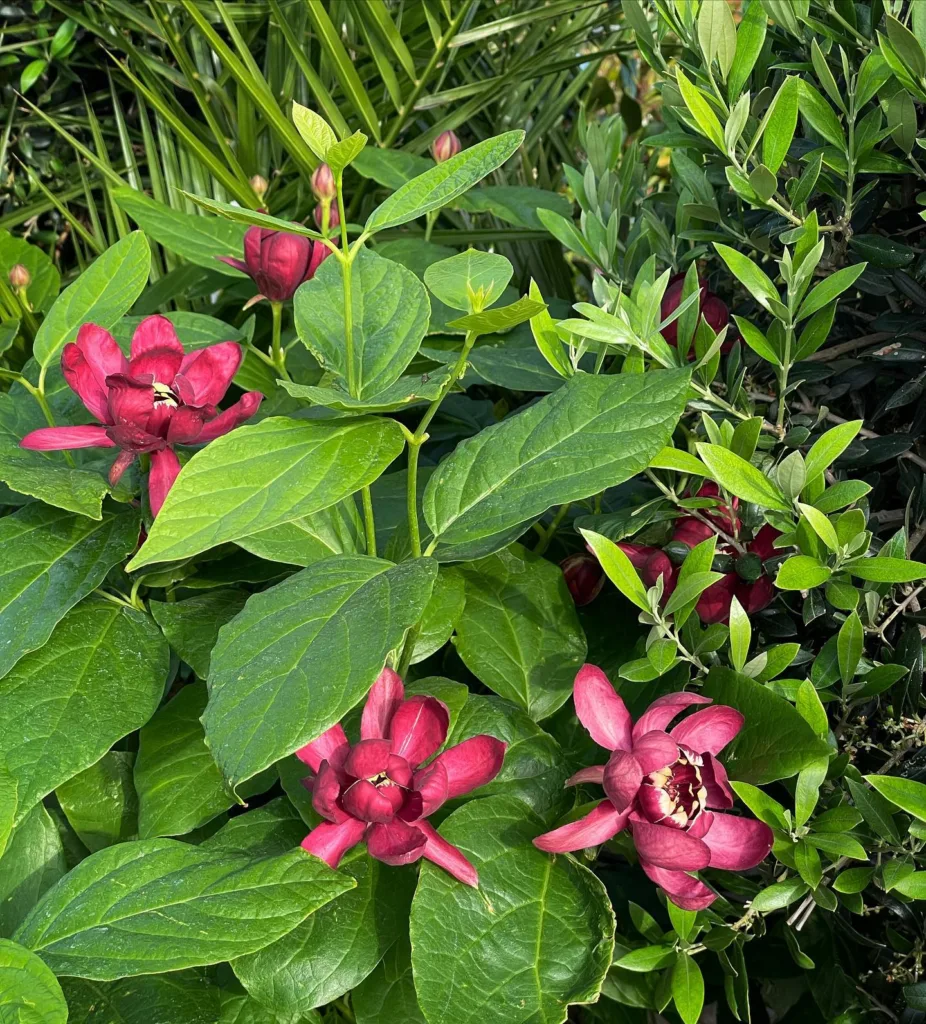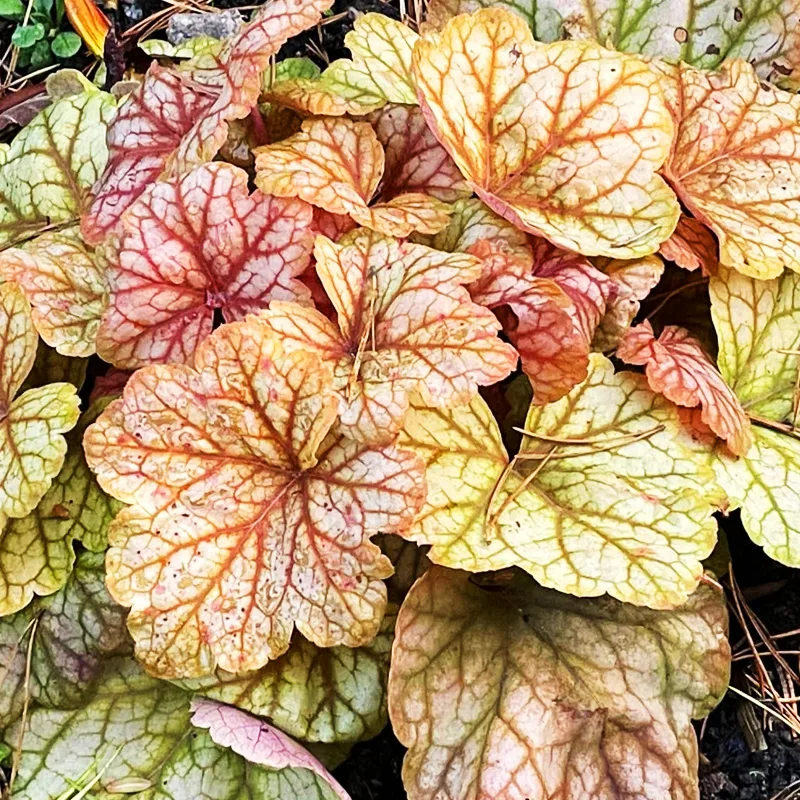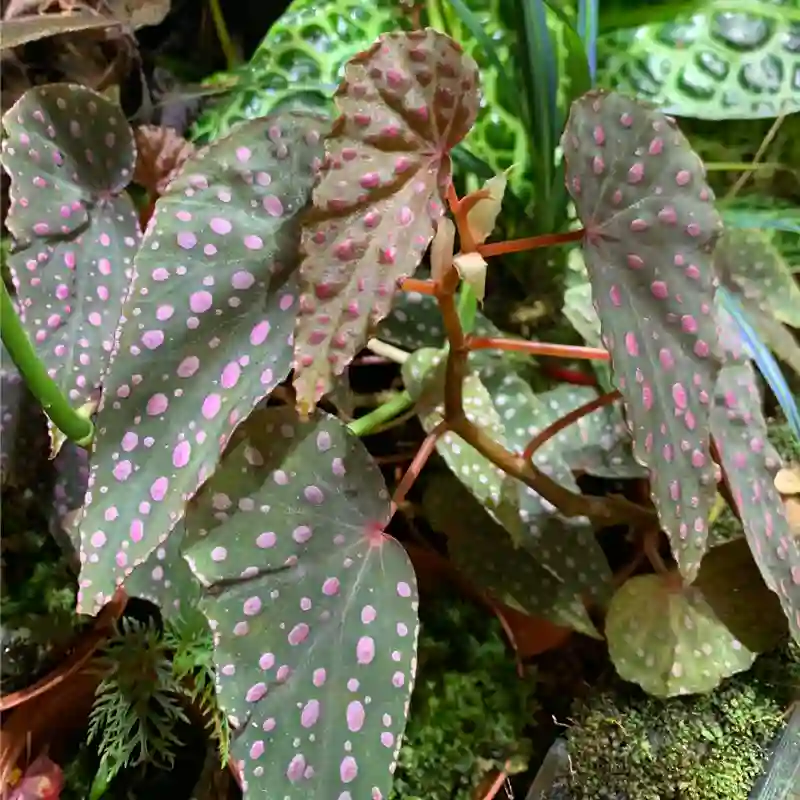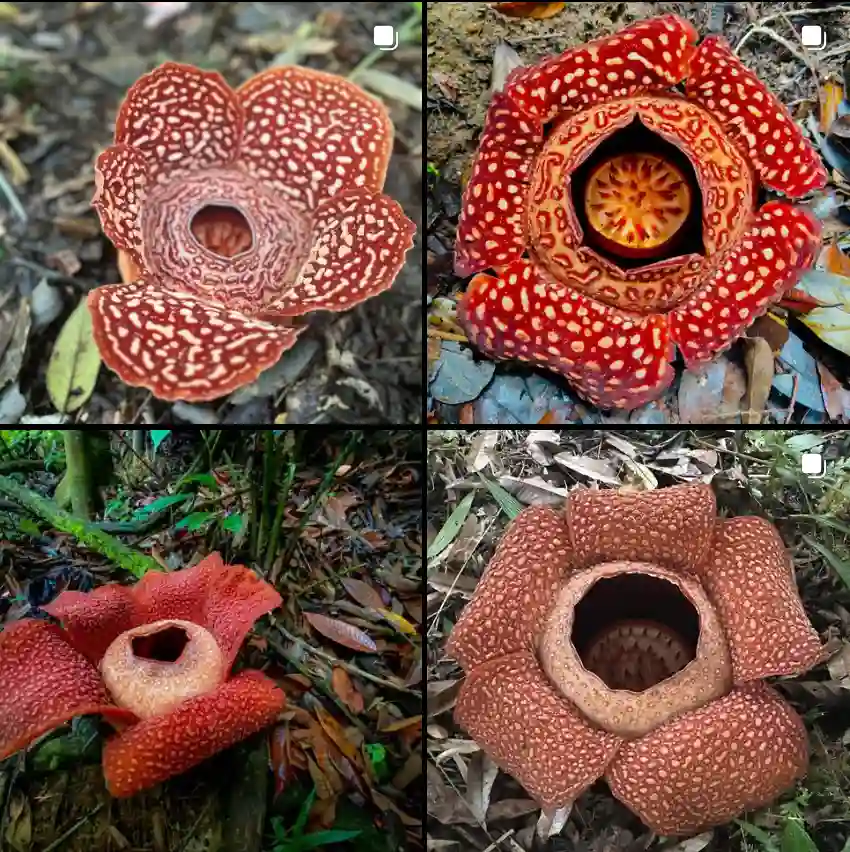What is Baptisia Grape Taffy?
Baptisia Grape Taffy is a captivating perennial plant that’s part of the pea family, Fabaceae. Known for its striking foliage and vivid flower spikes, it’s a favorite among gardeners who want to add a splash of color to their landscape. The plant features purple blooms with a subtle pink undertone that resemble the color of grape taffy, hence the name. It grows in a bushy, upright form, making it an excellent choice for adding structure to garden beds.
25 Species in Genus Baptisia
How to Care for Baptisia Grape Taffy?
Caring for Baptisia Grape Taffy is relatively straightforward, thanks to its hardy nature. Here’s what you need to know:
- Sunlight: This plant thrives in full sun to partial shade. Ideally, it should receive at least six hours of direct sunlight each day to promote robust growth and vibrant blooms.
- Soil: Baptisia Grape Taffy prefers well-drained soil with a pH between 6.0 and 7.0. It’s tolerant of poor soil conditions but will benefit from a soil rich in organic matter.
- Watering: Once established, Baptisia Grape Taffy is drought-tolerant and requires minimal watering. Water the plant deeply during dry spells but avoid overwatering, as it can lead to root rot.
- Fertilizing: Fertilizing is not usually necessary for this hardy plant. If desired, a light application of a balanced fertilizer in early spring can encourage vigorous growth.
How to Propagate Baptisia Grape Taffy?
Propagating Baptisia Grape Taffy can be done through several methods:
- Seed: The easiest way to propagate is by seeds. Sow seeds indoors in early spring or directly in the garden after the last frost. Germination can be slow, so be patient.
- Division: You can also propagate by dividing the plant. This method is best done in early spring or fall. Carefully dig up the plant, divide the root ball into sections, and replant each section in its new location.
What to Plant With Baptisia Grape Taffy?
Baptisia Grape Taffy pairs well with a variety of companion plants:
- Echinacea (Coneflower): The bold, daisy-like blooms of Echinacea complement the purple hues of Baptisia Grape Taffy, creating a vibrant garden display.
- Daylilies: Their varied colors and long blooming period make them excellent companions that enhance the overall garden aesthetic.
- Salvia: The spiky flowers of Salvia provide a nice contrast to the round, dense form of Baptisia Grape Taffy.
- Black-eyed Susans: These cheerful flowers add a pop of yellow and a contrasting texture to the garden bed.
Benefits of Baptisia Grape Taffy
- Low Maintenance: Once established, Baptisia Grape Taffy is quite low maintenance, making it ideal for busy gardeners.
- Pollinator Friendly: The plant attracts bees and butterflies, supporting local pollinator populations.
- Deer Resistant: Its tough foliage is less likely to be eaten by deer, making it a reliable choice for gardens with wildlife.
Is Baptisia Grape Taffy Toxic?
Baptisia Grape Taffy is not known to be toxic to humans or pets. However, as with all plants, it’s best to keep an eye on pets and small children to avoid any potential ingestion of plant material.
Common Problems with Baptisia Grape Taffy
While Baptisia Grape Taffy is generally trouble-free, a few issues can arise:
- Powdery Mildew: This fungal disease can occasionally affect the plant, especially in humid conditions. To prevent powdery mildew, ensure good air circulation and avoid overhead watering.
- Root Rot: Overwatering can lead to root rot. Make sure the soil drains well and avoid letting the plant sit in waterlogged conditions.
- Pests: Though not common, keep an eye out for aphids or spider mites. If they appear, treat the plant with insecticidal soap or neem oil.
Compare with Other Similar Plants
If you’re considering Baptisia Grape Taffy, you might also look at:
- Baptisia Australis: Often confused with Baptisia Grape Taffy, Baptisia Australis has a more uniform blue color and is slightly taller.
- Lupine: Like Baptisia, Lupines have striking floral spikes but typically come in a wider range of colors and have a more delicate appearance.
- Delphinium: Another alternative with tall, spiked blooms, Delphinium offers a similar vertical interest but often requires more maintenance and staking.
In summary, Baptisia Grape Taffy is a beautiful and resilient plant that can enhance any garden with its unique color and form. Its low maintenance needs and compatibility with other plants make it a valuable addition to your landscape. Whether you’re new to gardening or an experienced green thumb, Baptisia Grape Taffy is worth considering for its vibrant presence and ease of care.
If i die, water my plants!



